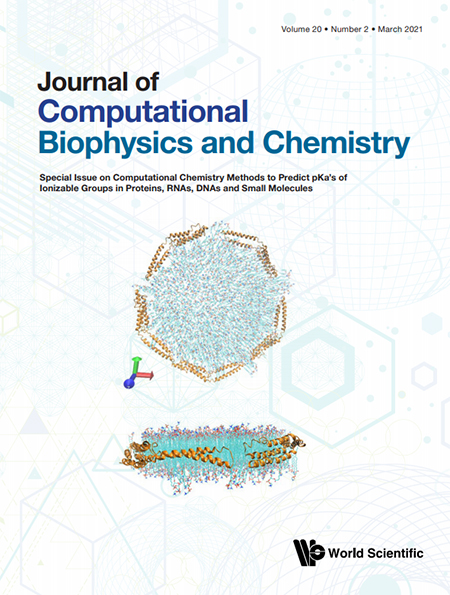Computing Protein pKas Using the TABI Poisson–Boltzmann Solver
Abstract
A common approach to computing protein pKas uses a continuum dielectric model in which the protein is a low dielectric medium with embedded atomic point charges, the solvent is a high dielectric medium with a Boltzmann distribution of ionic charges, and the pKa is related to the electrostatic free energy which is obtained by solving the Poisson–Boltzmann equation. Starting from the model pKa for a titrating residue, the method obtains the intrinsic pKa and then computes the protonation probability for a given pH including site–site interactions. This approach assumes that acid dissociation does not affect protein conformation aside from adding or deleting charges at titratable sites. In this work, we demonstrate our treecode-accelerated boundary integral (TABI) solver for the relevant electrostatic calculations. The pKa computing procedure is enclosed in a convenient Python wrapper which is publicly available at the corresponding author’s website. Predicted results are compared with experimental pKas for several proteins. Among ongoing efforts to improve protein pKa calculations, the advantage of TABI is that it reduces the numerical errors in the electrostatic calculations so that attention can be focused on modeling assumptions.

| Remember to check out the Most Cited Articles! |
|---|
|
Check out our Chemistry New Titles |


